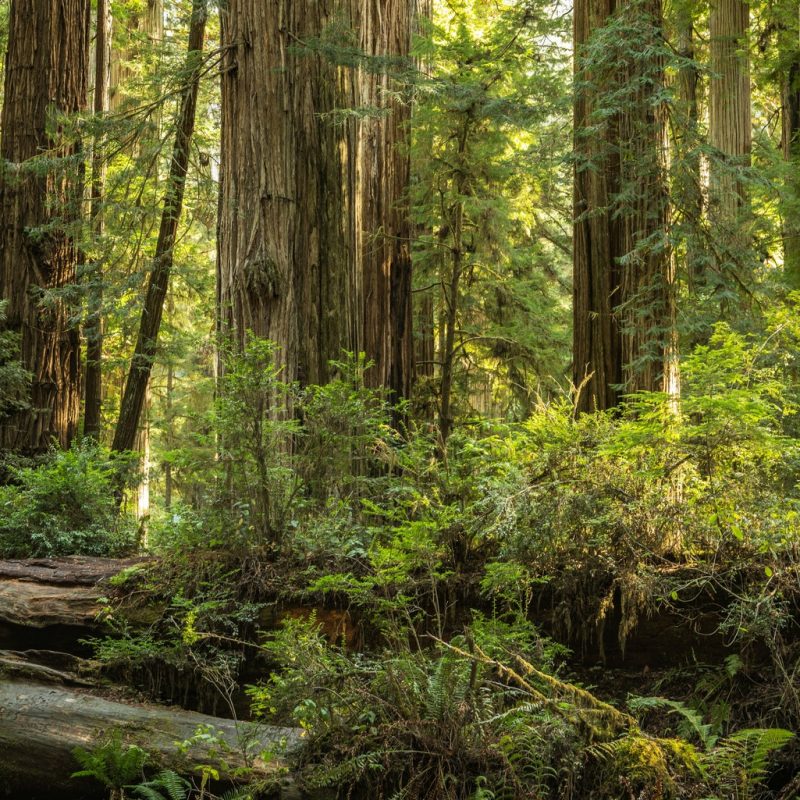Agroforestry simply put means trees, hedgerows, shrubs are intentionally grown around or among crops and/or livestock, providing ecological and economic benefits. Below you can discover the benefits to farmers and importantly the environment, helping to combat climate change.
Farmers yield great benefits from agroforestry. This method of land management combines the cultivation of crops or livestock with the traditional method of forestry practices and is utilises a far more sustainable and productive management system. In a rapidly changing and devastating climate, we are all in it together and with that comes new and more innovative methods of farming, forestry and so much more. To make a difference we must utilise these in every possible way.
Just some examples of the benefits are the enhancement of farm productivity, improved soil health, managing waterflow and boosting wildlife’s welfare by providing shade, shelter and the ability to roam.

Agroforestry not only benefits farmers, it also greatly benefits the population as a whole, including wildlife, additionally creating biodiversity which plays a critical role to the planet and its survival.
Some of the benefits of Agroforestry include:
Trees absorb carbon dioxide during photosynthesis, helping to mitigate climate change by sequestering carbon. Agroforestry can be a sustainable approach to carbon sequestration and reduce greenhouse gas emissions associated with certain agricultural practices.
Agroforestry systems often promote biodiversity which plays a critical role to the planet and its survival. It does this by providing habitat for various plant and animal species. The diverse vegetation can support a range of organisms, contributing to ecosystem health.
Trees in agroforestry systems can help prevent soil erosion by stabilising the soil structure with their root systems. This is particularly important in areas prone to erosion, degradation and flooding.
Trees contribute to nutrient cycling in the ecosystem. They can improve soil fertility by fixing nitrogen and cycling other nutrients, benefiting both crops and the overall ecosystem.
Agroforestry systems often provide multiple products and income streams for farmers. Besides the main agricultural crops, varied native trees can yield timber, fruits, nuts, and other non-timber forest products.
Trees and hedgerows in agroforestry systems can modify the microclimate by providing shade, windbreaks, and moisture regulation. In addition of the livestock well-being, this can have positive effects on crop yields. Additionally, the wildlife attracted to the new habitats can act as a natural pest control reducing the use of chemicals.
There are various types of agroforestry systems, including alley cropping, silvopasture, windbreaks, and forest farming, each tailored to different ecological and agricultural requirements. Agroforestry is considered a sustainable and environmentally friendly approach to land use, as it combines the benefits of both agriculture and forestry while promoting long-term ecosystem health.
Farmers and Landowners, please get in touch with Flights For Their Future to help us help you to create a more productive, beneficial, sustainable farm or land space, contributing to combatting climate change.
Climate change is happening faster than ever before and is/will effect you, your animals, crops, welfare and personal wellbeing, not just future generations.
We are in it together, we walk the same land and breath the same air, lets work together to contribute towards an ecologically safe planet.

Copyright © 2024. All rights reserved.
